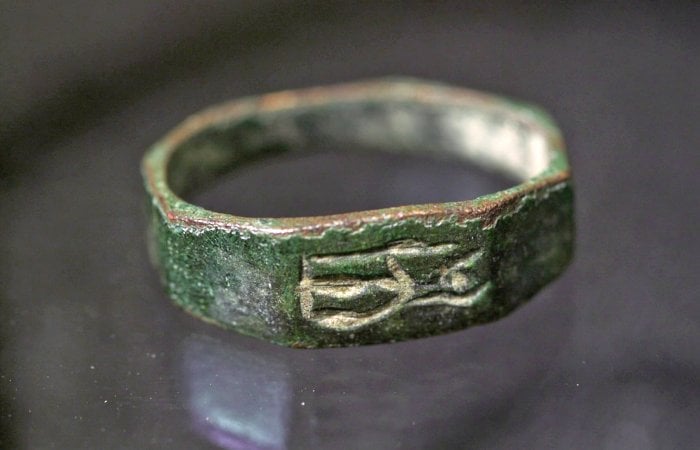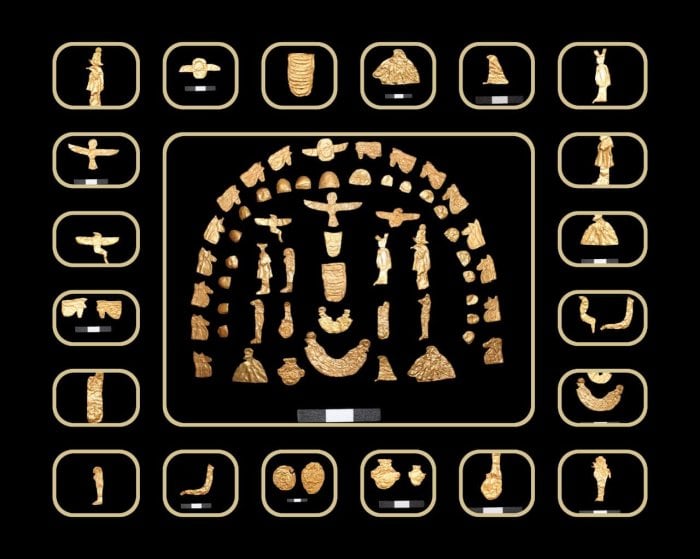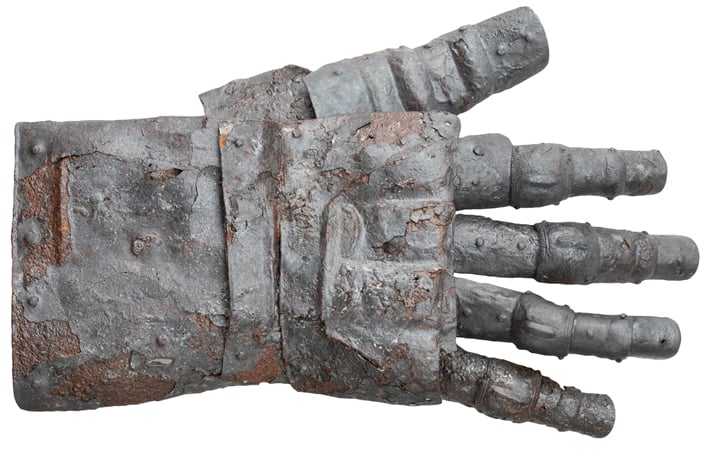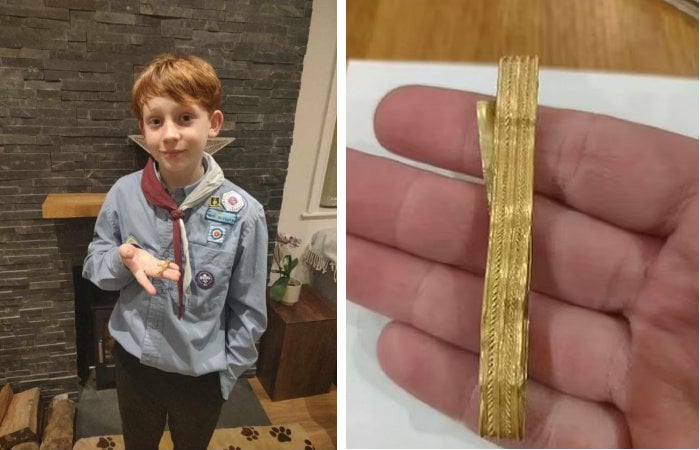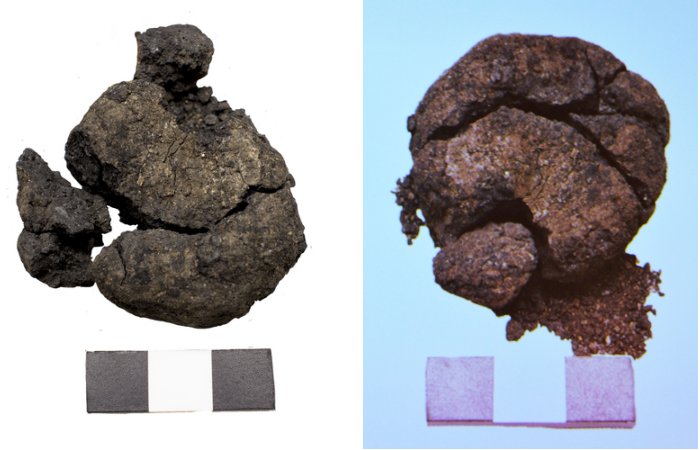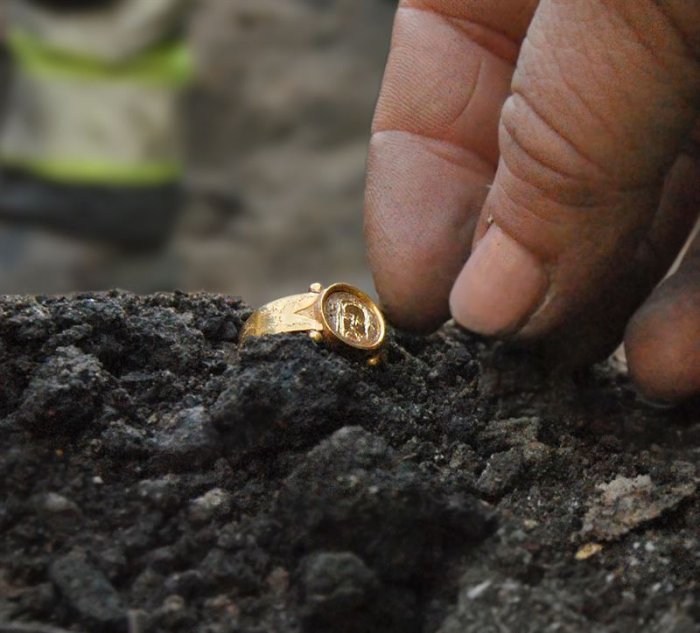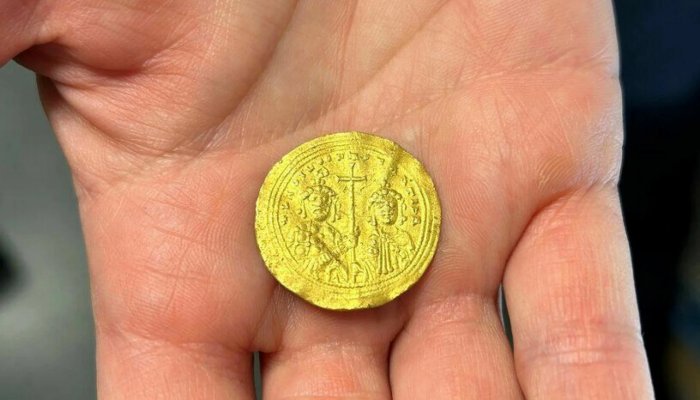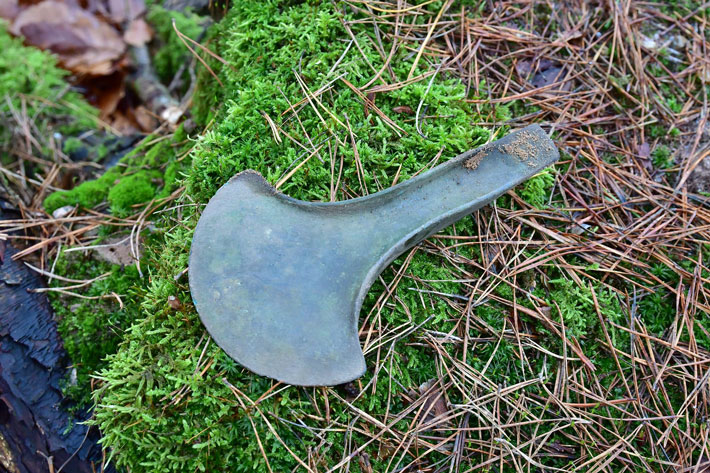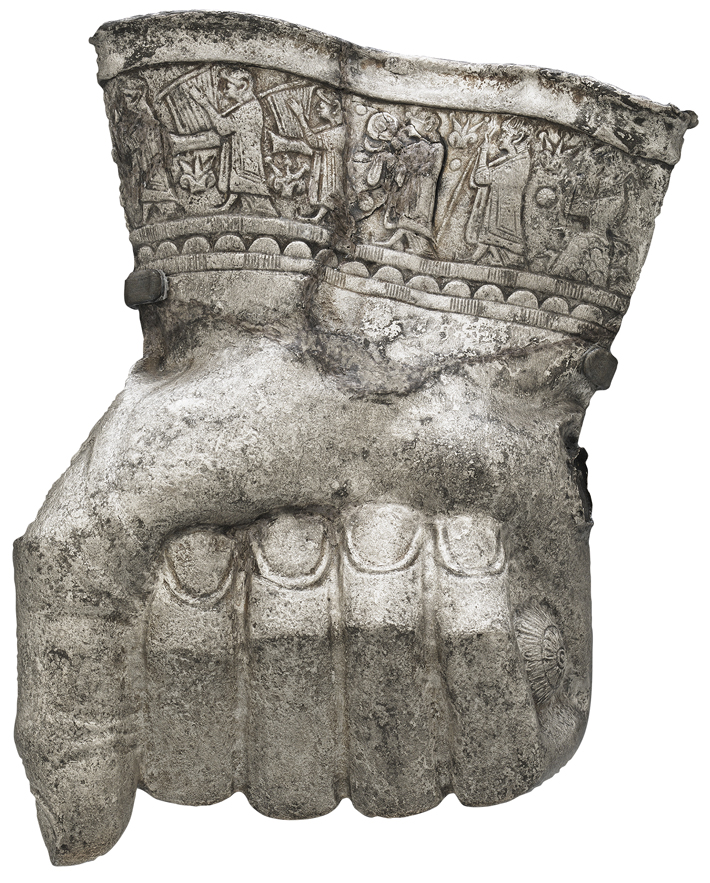artifacts
330 readers
1 users here now
Artifacts is for posting the very best objects, from the very large to the very small, made or shaped by mankind throughout history. These artifacts range from tools and works of arts to archaeological finds, and give us a better sense of life in various moments throughout history.
founded 1 year ago
MODERATORS
1
2
3
4
5
6
8
9
10
11
12
13
14
15
16
17
18
19
20
21
22
23
24
25
view more: next ›
